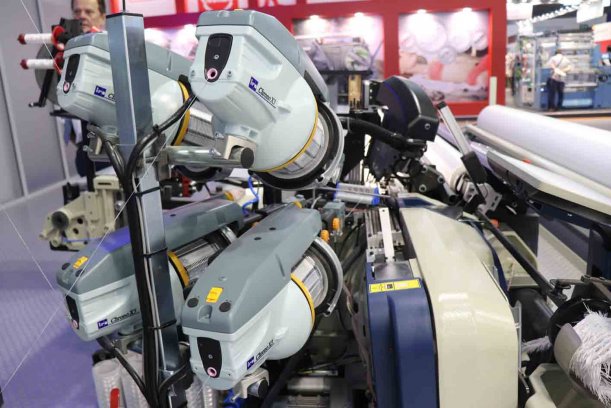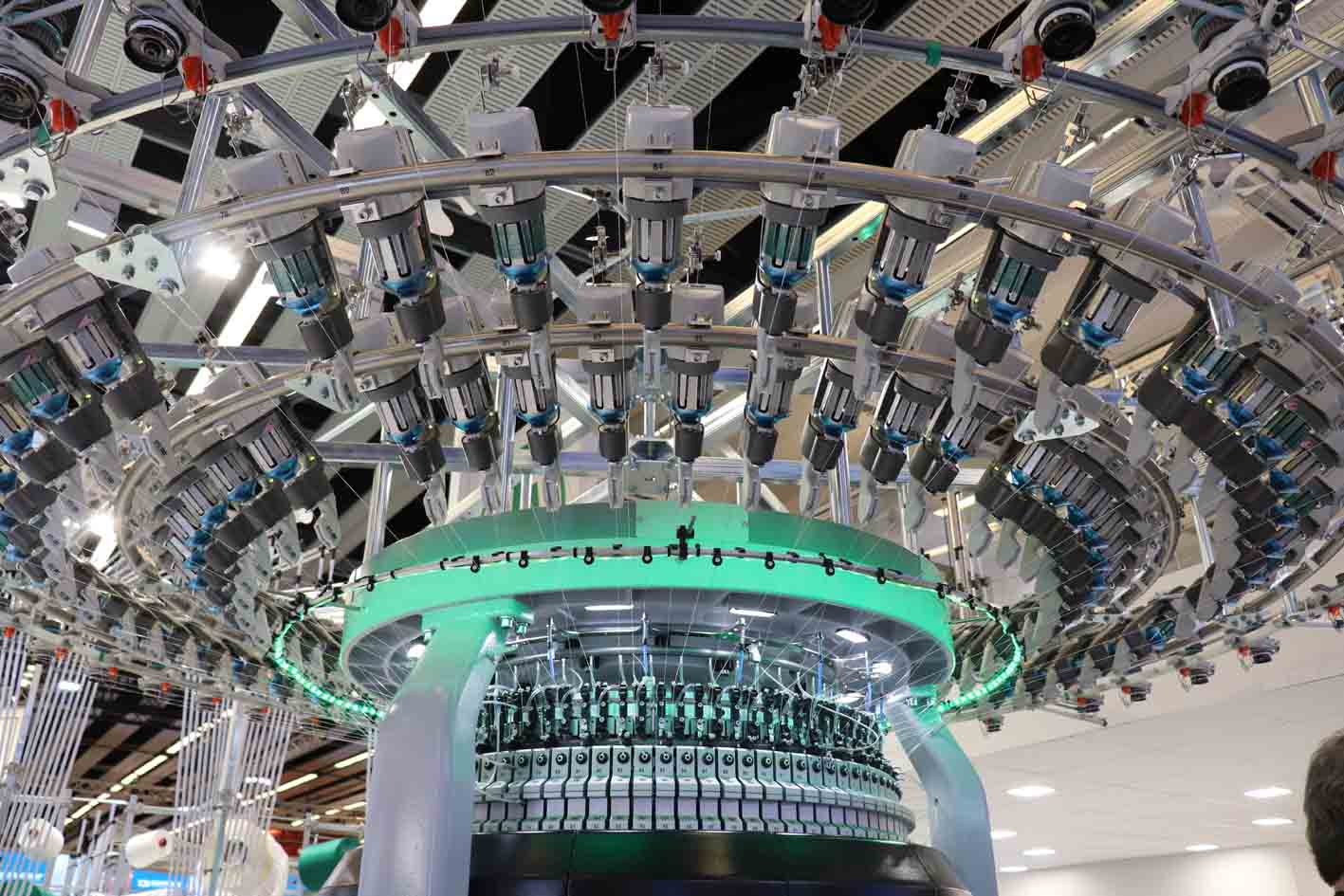
Boeing recognises TenCate Advanced Composites
Universal fall in deliveries as Covid-19 curtailed much activity.

14th June 2021
Innovation in Textiles
|
Zürich, Switzerland
Unsurprisingly, global shipments of spinning, texturing, weaving, knitting, and finishing machines fell in 2020 compared to 2019.
Deliveries of new short-staple spindles, open-end rotors, and long-staple spindles dropped by 48%, 27%, and 46%, respectively, according to the 43rd annual International Textile Machinery Shipment Statistics just released by the International Textile Manufacturers Federation (ITMF), based in Zurich, Switzerland.
The number of shipped draw-texturing spindles also fell by 30% and deliveries of shuttle-less looms shrank by 16%. Shipments of flat knitting machines were down 53%, although large circular knitting machines bucked the trend by registering 13% growth.
The sum of all deliveries in the finishing segment also dropped by 17% on average.
The 2020 survey was compiled in cooperation with more than 200 textile machinery manufacturers, representing a comprehensive measure of world production.
Spinning machinery
The total number of shipped short-staple spindles decreased by about 3.3 million units in 2020 to a level of 3.63 million. Most of the new short-staple spindles (88%) were shipped to Asia, where deliveries decreased by 50%.
While levels stayed relatively small, Europe saw shipments increasing by 76%, mainly to Turkey. The six largest investors in the short-staple segment were China, India, Turkey, Pakistan, Bangladesh, and Uzbekistan.
Some 422,000 open-end rotors were shipped worldwide in 2020. This represents 151,000 units less than in 2019 and 83% of global shipments went to Asia where deliveries decreased by 32% to 351,000 rotors. Turkey, and Pakistan were the world’s second and third largest investors in open-end rotors after China and saw investments surging by +290% and +42%, respectively. Investment in China, India, Uzbekistan and Brazil, decreased by 30% on average.
Global shipments of long-staple (wool) spindles fell to 22,000 in 2020.
Texturing
Global shipments of single heater draw-texturing spindles (mainly used for polyamide filaments) decreased by 36% from nearly 26,000 units in 2019 to 16,000 in 2020. With a share of 89%, Asia was the strongest destination for single heater draw-texturing spindles and China, Japan, and Taiwan were the main investors in this segment.
In the category of double heater draw-texturing spindles (mainly used for polyester filaments) global shipments fell by 30% to a level of 325,000 spindles. Asia’s share of worldwide shipments remained stable at 90% and China remained the largest investor accounting for 78% of global shipments.
Weaving
In 2020, worldwide shipments of shuttle-less weaving looms decreased by 16% to 112,000 units, with air-jets down 3% at 29,337 units, rapiers and projectiles down 15% to 21,542 units and water-jets down 21% to 61,483 units. Asia accounted for 94% of all deliveries and China 74%.
Knitting
Global shipments of large circular knitting machines grew by +12% to 30,231 units in 2020. Asia was the world’s leading investor in this category with 81% of worldwide shipments. China accounted for 62% of all deliveries (15,980 units), followed by India and Turkey with 2,433 and 2,381 units respectively.

In 2020, electronic flat knitting machines orders decreased by 52% to around 66,000 machines. Asia was the main destination for these machines with a share of 77% of world shipments. China remained the world’s largest investor with a 38%-share of total shipments, despite a 74% fall in investments. Shipments to China dropped from about 69,000 units in 2019 to 17,000 units in 2020.
Finishing
In the continuous fabrics finishing segment, shipments of sanforizers/compacters grew by +75%, but all other sub-segments either remained stable or shrank.
ITMF estimates the sale of stenters was stable at 1,731 units in 2020.
In the discontinuous” fabrics segment, the number of jigger dyeing/beam dyeing units shipped dropped by 8.5% to 529 units.

Business intelligence for the fibre, textiles and apparel industries: technologies, innovations, markets, investments, trade policy, sourcing, strategy...
Find out more